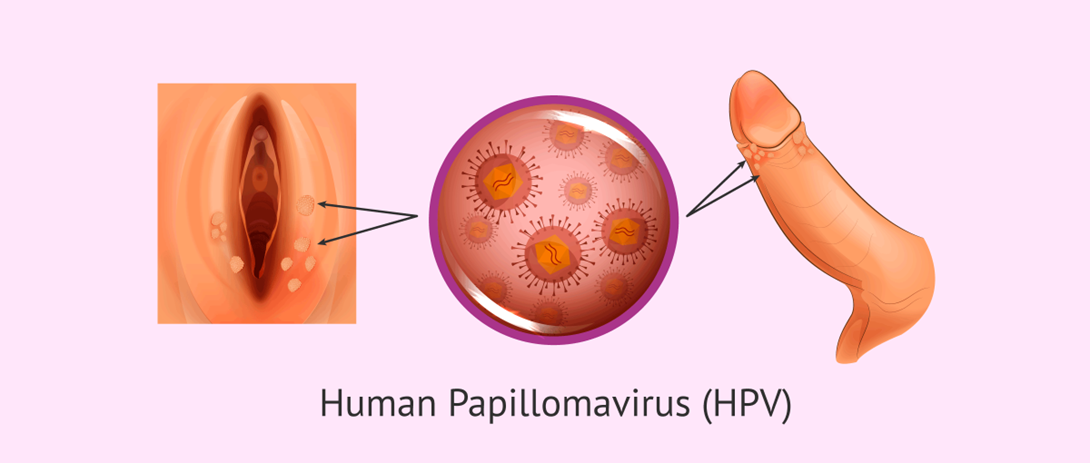The nurse providing care in a women's health care setting must be aware of which sexually transmitted infection that can be successfully treated and cured?
HIV/AIDS
Chlamydia
Human papillomavirus
Herpes simplex virus
The Correct Answer is B
Choice A reason: HIV/AIDS is incorrect because it is not a curable infection. It is a chronic condition that requires lifelong antiretroviral therapy to suppress the virus and prevent complications.
Choice B reason: Chlamydia is correct because it is a curable infection. It is caused by a bacterium that can be eliminated with antibiotics. However, it can cause serious complications such as pelvic inflammatory disease, infertility, and ectopic pregnancy if left untreated.
Choice C reason: Human papillomavirus is incorrect because it is not a curable infection. It is a virus that can cause genital warts and cervical cancer. There is no specific treatment for HPV, but the symptoms can be managed and the risk of cancer can be reduced with regular screening and vaccination.
Choice D reason: Herpes simplex virus is incorrect because it is not a curable infection. It is a virus that can cause painful blisters and sores in the genital area. There is no cure for herpes, but antiviral medications can help reduce the frequency and severity of outbreaks.
Nursing Test Bank
Naxlex Comprehensive Predictor Exams
Related Questions
Correct Answer is A
Explanation
Choice A reason: HPV is a common STI that causes genital warts and can lead to cervical cancer. It can be transmitted by any sexual contact or by skin to skin contact. A vaccine is available to protect against some strains of HPV.
Choice B reason: Genital herpes is an STI that causes painful blisters and sores on the genitals. It can be transmitted by any sexual contact or by skin to skin contact. There is no vaccine for genital herpes, but antiviral medications can reduce the symptoms and frequency of outbreaks.
Choice C reason: Chlamydia is an STI that causes inflammation and discharge from the genitals. It can be transmitted by any sexual contact. There is no vaccine for chlamydia, but antibiotics can cure the infection.
Choice D reason: Gonorrhea is an STI that causes pain and discharge from the genitals. It can be transmitted by any sexual contact. There is no vaccine for gonorrhea, but antibiotics can cure the infection.

Correct Answer is A
Explanation
Choice A reason: The HPV vaccine can help prevent cervical cancer, as it protects against the most common types of HPV that cause cervical cancer. HPV is a sexually transmitted infection that can infect the cervix and cause abnormal cell changes that may lead to cancer. The HPV vaccine is recommended for both males and females between the ages of 9 and 26.
Choice B reason: The HPV vaccine will not protect you from all types of the virus, as there are more than 100 types of HPV, and the vaccine only covers 9 of them. However, these 9 types are responsible for about 90% of cervical cancers and 80% of anal cancers. The vaccine also does not protect against other sexually transmitted infections, such as chlamydia, gonorrhea, or HIV.
Choice C reason: You will not need to have a booster vaccination each year, as the HPV vaccine is given in a series of 2 or 3 doses, depending on the age of the person. The vaccine provides long-lasting protection, and no additional doses are needed after completing the series.
Choice D reason: You will still need to get a routine cervical exam, as the HPV vaccine does not eliminate the risk of cervical cancer completely. The vaccine does not protect against all types of HPV, and some people may already be infected with HPV before getting the vaccine. Therefore, regular screening with a Pap test and/or an HPV test is still recommended for women aged 21 to 65 to detect any abnormal cells or HPV infection in the cervix.
Whether you are a student looking to ace your exams or a practicing nurse seeking to enhance your expertise , our nursing education contents will empower you with the confidence and competence to make a difference in the lives of patients and become a respected leader in the healthcare field.
Visit Naxlex, invest in your future and unlock endless possibilities with our unparalleled nursing education contents today
Report Wrong Answer on the Current Question
Do you disagree with the answer? If yes, what is your expected answer? Explain.
Kindly be descriptive with the issue you are facing.
